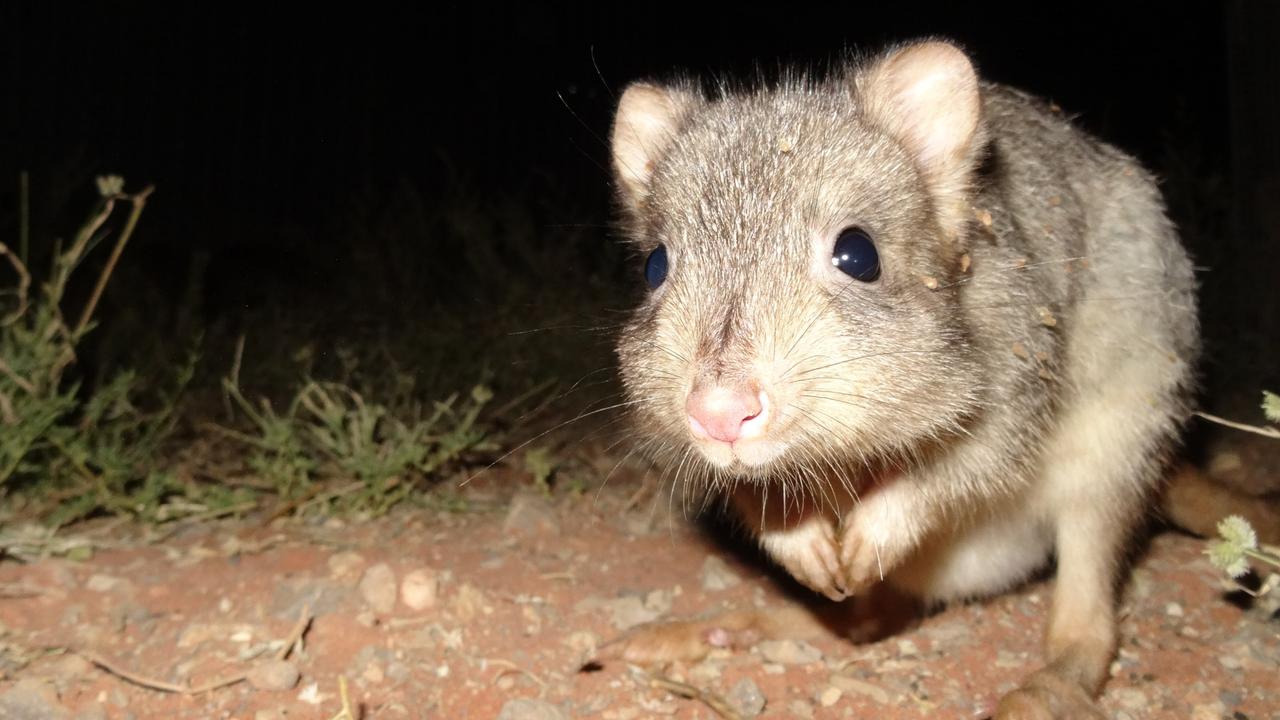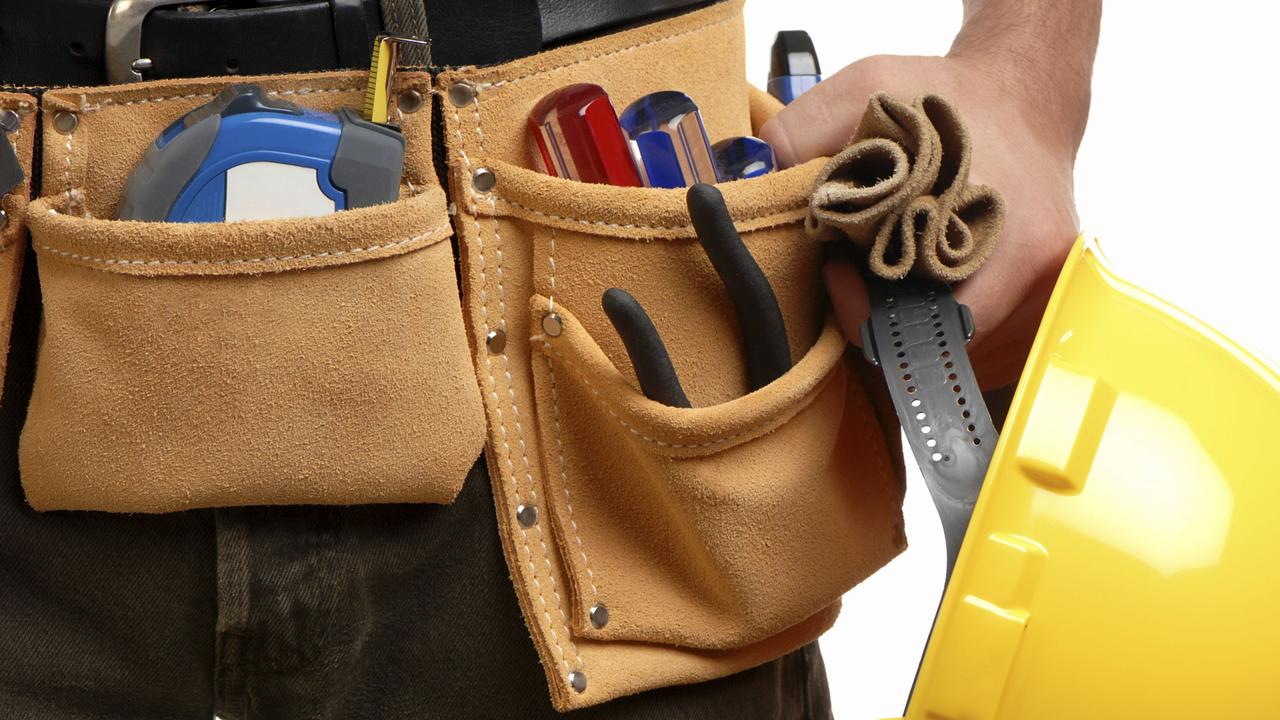SA Supreme Court tours sites related to the 1983 disappearance of Louise Bell on second day of Dieter Pfennig’s trial for murder
THE second day of the Louise Bell trial is focusing on locations at which key evidence — including her pyjama top — was found following her 1983 disappearance.
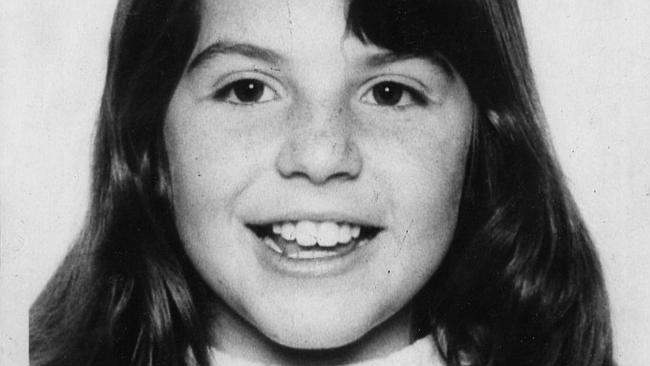
SA News
Don't miss out on the headlines from SA News. Followed categories will be added to My News.
A PYJAMA top, prosecutors allege, has finally solved one of the most enduring mysteries in South Australian history — the disappearance of Louise Bell.
It was found by a letter box, neatly folded, more than a month after the little girl went missing from her bedroom on January 4, 1983.
In the decades since, police have only been able to tell it had been immersed in river water — and torn off in a way suggesting its wearer had been a child with their hands bound.
But the advent of DNA testing led to the arrest of Dieter Pfennig in 2013, and a calculation of the odds of anyone else having abducted and murdered Louise at less than one billion to one.
In the Supreme Court on Monday, Louise’s father Colin Bell held the piece of clothing in his hands and identified it as his shy, obedient daughter’s 1982 Christmas present.
“The label on the top was a large red top, and I know my wife had cut the red label off because Louise complained about it scratching on her neck,” he said.
“She was wearing it that night ... she was still awake when I checked on her but didn’t respond when I said goodnight.
“It was my usual habit to kiss her, but I can’t remember whether I did or not that night.”
FOLLOW LIVE COVERAGE OF DAY TWO OF THE TRIAL:
PHONE CALLS, EAR RINGS AND A PYJAMA TOP
Louise went missing from the Meadow Way, Hackham West bedroom she shared with her sister, Rachel, and has never been seen again.
Raymond John Geesing was originally convicted of her murder, based on circumstantial evidence, and served 16 months’ jail before his acquittal.
Opening the trial, prosecutor Sandi McDonald, SC, said the case against Pfennig was built on several key pieces of evidence.
She said the first were Louise’s pyjama top and earrings, located by a neighbour in the days following her disappearance.
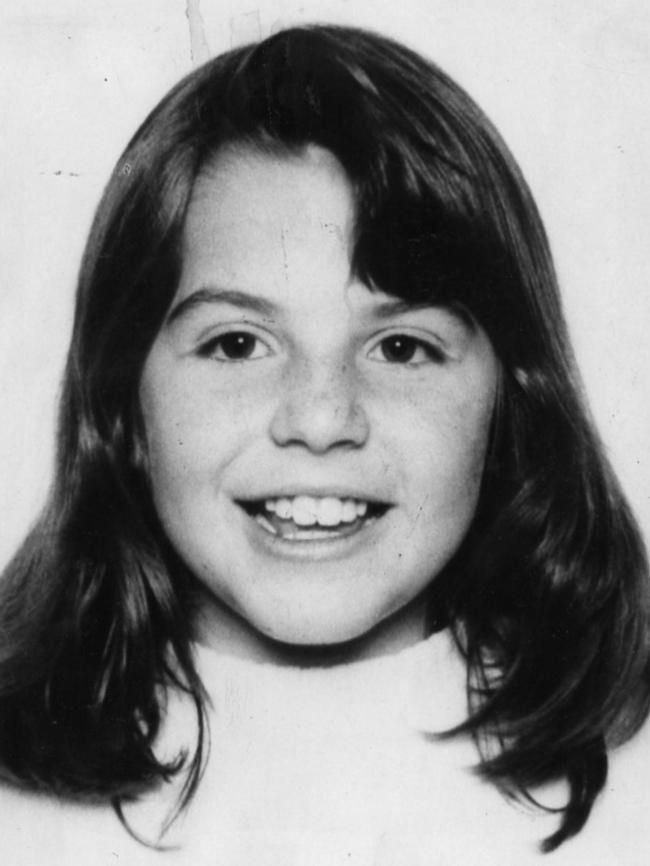
Ms McDonald said the neighbour received a phone call from a man with “a slight European accent” who wanted help with “a life or death” situation.
“He told her he had Louise Bell ... and that, to prove it, go to the corner of South Rd and Beach Rd, where she would locate Louise’s earrings.”
Ms McDonald said the neighbour contacted police, who found Louise’s silver sleepers — distinguished by a catch repair performed by her grandfather — beneath a broken brick.
She said that, on February 28, the neighbour found Louise’s folded pyjama top next to her letter box.
“It was torn down both sides as if you were attempting to remove it from a child, particularly if her hands were bound,” she said.
Ms McDonald said forensic studies at the time found the top had been “immersed” in the waters of the Onkaparinga River.
Decades later, it was tested by experts in Adelaide and the Netherlands who recovered mixed profile DNA samples matching both Louise and Pfennig.
“It was a profile 6400 times more likely to be obtained if Pfennig was a contributor than if he was not,” she said.
“The evidence is the probability of a randomly-selected male having a profile that matches (the sample) is less than one in one billion.”
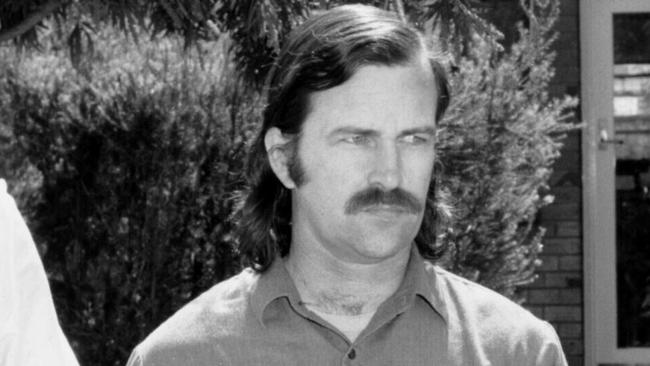
JAILHOUSE CONVERSATIONS
Ms McDonald said the second set of evidence were witness recollections of Pfennig’s behaviour before and after Louise’s disappearance.
She said he lived at Holly Rise, Hackham West, that his daughter Petra had attended the same school as Louise, and that he liked to canoe on the Onkaparinga River.
Pfennig, who was born in Germany, worked as a high school teacher at the time.
Ms McDonald said a taxi driver would recount taking a man with “a slight European accent” on a “bizarre” drive-by of the Bell house in the days after Louise went missing.
Pfennig’s friends would recount conversations in which he talked about Louise, falsely claiming she had sleepovers with Petra, and made statements such as “there goes my alibi”.
She said others recalled Pfennig calling Louise a “pretty girl” and telling his students he had a daughter named Rachel when he did not — that was the name of Louise’s sister.
Ms McDonald said Pfennig had discussed the Bell case with two fellow Mount Gambier Prison inmates, at separate times and years before the DNA match.
“He told (one) ‘I did it ... I took her ... it was an accident’ and that he returned the pyjama top, ‘neatly folded up’ because he felt guilty,” she said.
She said Pfennig was under the influence of cannabis at the time.

Pfennig later told a second inmate that he “hated the name Bell”, she said, because it reminded him of “something that’s eating at my heart every day”.
“He said his concern was not what he was in jail for, but rather what people didn’t know,” she said.
“He said ‘there’s a girl that died, Louise Bell, and it’s eating me up ... I know everything about that girl, I carried her, I know where she is’.
“He said ‘she wouldn’t calm down, wouldn’t co-operate, that’s why I killed her’.”
Ms McDonald said the inmate tried to encourage Pfennig to confess but he refused, saying ‘what do you think will happen to me?’.
“He said ‘I know I’m not going to make it out of prison, why should I bother?’,” she said.
Pfennig later showed the inmate a manuscript he had written about a warrior trying to rescue a girl, but the girl dying because she did not believe the warrior wanted to help her.
Ms McDonald said the evidence would prove Pfennig was responsible for the “most brazen and audacious” abduction and murder.
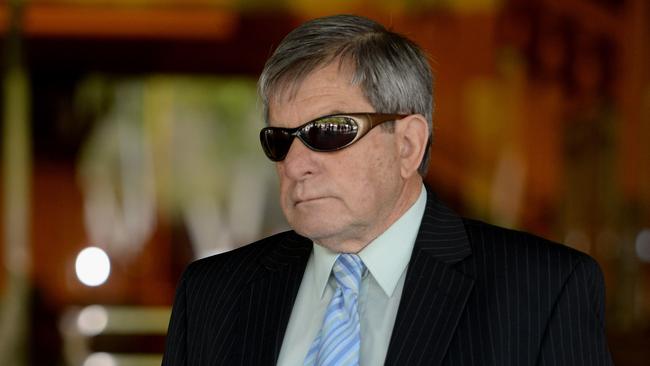
A FATHER REMEMBERS
In his evidence on Monday, Colin Bell said the family’s plans prior to Louise’s disappearance involved shopping, a picnic and a trip to see the movie, ET.
He described a frantic scene the next morning when his wife discovered Louise was gone, her window was open and the fly screen was “flapping in the breeze”.
He checked a neighbour’s pool and the school for Louise but never saw her again.
“I went back inside and said to my wife there was obviously something terribly wrong and I called the police,” he said.
The trial, before Acting Justice Michael David, is expected to run for six weeks.

